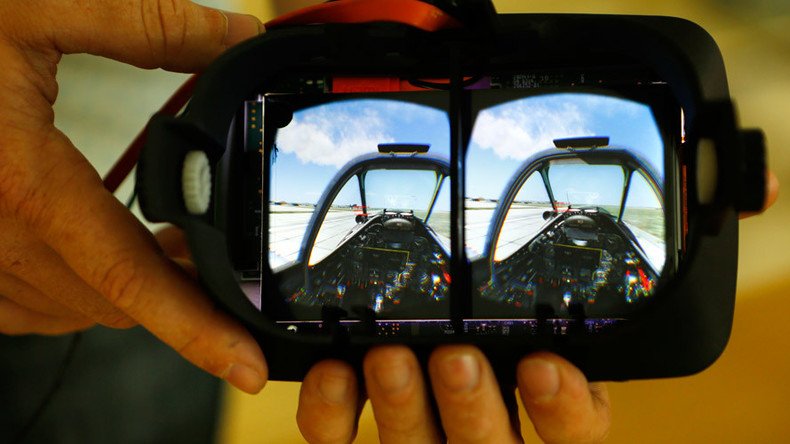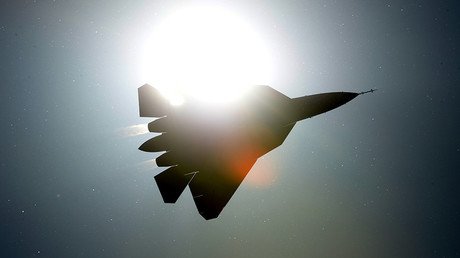Russian military testing 1st-ever VR helmet for drone pilots – report

Russian drone pilots may soon get a revolutionary virtual reality helmet to pilot unmanned aircraft and get an HD view of terrain and enemy targets. The new feature allows for better situation awareness while flying combat missions, developers say.
The new combat helmet, codenamed ‘Svarog,’ is the first-ever virtual-reality helmet to be designed for the Russian military. It allows operators to fly drones by merely turning their heads and looking at the target, Izvestia newspaper reported on Thursday.
“Currently, the helmet is undergoing domestic tests and is expected to be delivered to the Defense Ministry in the beginning of 2017,” Alexey Pechkin, a researcher at Russia’s Mari State University, which is involved in the development, told the newspaper.
The research and development is focused on “experimenting with the characteristics of the observation lens, but, even at this point, the [helmet’s heads-up] screen has twice the resolution of its foreign competitors,’” he said.
The somewhat bulky ‘Svarog’ weighs only 400 grams and features two screens, one for each eye, with a resolution of 5120x2180 pixels, four times more than the most common PC monitors.
The high-quality image enables an operator to see terrain in detail, distinguishing between not only tanks and infantry fighting vehicles, but also individual soldiers.
Simple movements of the helmet can control a drone, the developers say. The operator can change the aircraft’s altitude by raising and lowering his head, a feature available due to built-in gyroscopes that track the helmet’s position in real time.
Aircraft helmets with mounted displays are usually used in fifth-generation fighter jets to improve the crew’s ability to attack and destroy targets that the pilot sees. Such systems allow targets to be identified with minimal aircraft maneuvering, thus minimizing the jet’s exposure to threats.
The helmets also provide pilots with greater lethality, survivability, and situational awareness.
Drone technology is currently on the rise in Russia, as it is stepping up efforts to modernize and re-arm its military. One of the state-of-the-art projects involves “swarming” sixth-generation unmanned aerial vehicles (UAVs) that can self-organize and act independently.
In July, Russian military high-tech officials told reporters that sixth-generation fighter jets will be rounding on the enemy in “swarms,” flying at hypersonic speed.
Each “swarm” will consist of a main aircraft, while the other UAVs will be assigned different tasks, such as reconnaissance, hitting ground targets, or destroying enemy aircraft.













